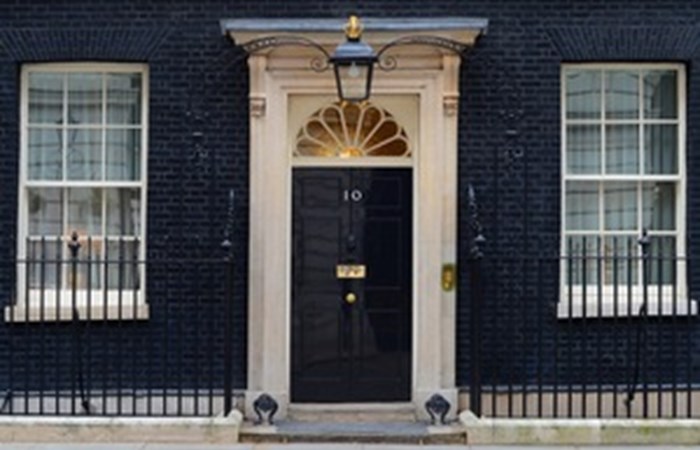govt

The Prime Minister announces new drive to improve workplace equality calling on more companies to report their gender pay gap and take action to close it.
New figures published this week by the ONS show the UKs overall gender pay gap rising marginally to 18.4%, but the gap for full-time workers falling to a record low from 9.4% in 2016 to 9.1% in 2017.
To close the gender pay gap further, the Prime Minister is calling on companies to:
- improve the pipeline to ensure progress on female representation at senior levels, including supporting women to progress to middle management and offering return to work schemes
- publish their gender pay gap data, including companies with fewer than 250 employees
- make flexible working a reality for all employees by advertising all jobs as flexible from Day 1, unless there are solid business reasons not to
As part of the commitment to drive forward workplace equality, the Womens Business Council which the Prime Minister established as Home Secretary in 2012, will be advising her on progress and good practice in business. The council will also be providing recommendations in key areas including middle management, flexible working, working parents and return-to-work schemes.
The Prime Minister said:
Tackling injustices like the gender pay gap is part of building a country that works for everyone.
Already many of the UKs top companies are leading the way in making sure everyones contributions to the workplace are valued equally, and it is encouraging news that the gap has fallen this year for full-time workers.
But the gender pay gap isnt going to close on its own we all need to be taking sustained action to make sure we address this.
We need to see a real step-change in the number of companies publishing their gender pay data and offering progression and flexibility for all employees.
Thats why today I am calling on more businesses, both small and large, to take action to make sure the gender pay gap is eliminated once and for all.
The government introduced a legal requirement for all employers with over 250 employees to publish their gender pay and bonus data by April 2018.
Top companies including Weetabix, Fujitsu, TSB, Virgin Media and SSE have already reported their gender pay gap and have said how they will take action to close it. The Prime Minister is now calling on more employers to follow their lead, including encouraging businesses with fewer than 250 employees to voluntarily publish their pay gap too.
Minister for Women and Equalities Justine Greening said:
It is simply good business sense to recognise the enormous potential of women and to take action to nurture and progress female talent.
That is why we have introduced a legal requirement for all large employers to publish their gender pay and bonus data by April 2018. Employers now need to get on with publishing their pay gap. By shining a light on where there are gaps, they can take action and make sure that we are harnessing the talents and skills of men and women?.
The gender pay gap in the UK has come down from 21.9% in 2007 and 27.5% of FTSE100 board members are now women, up from 12.5% in 2011.
The UK is already a world leader in this field and todays announcement builds on:
- the work to get 33 per cent of women on boards by 2020 and eliminate all-male boards in the FTSE 350
- the system of shared parental leave introduced in April 2015, under which mothers can choose to end their maternity leave early and working parents can then decide how they want to share the remaining leave
- the rules on flexible working introduced in June 2014, which extend the right to request flexible working to all employees and place a duty on employers to consider all requests for flexible working in a reasonable manner.
By closing gender pay gaps in work McKinsey estimates that we would add 150 billion to the UK economy by 2025.
Background information
Find out more about the governments drive to close the gender pay gap including the requirement for all employers with more than 250 to publish their gender pay and bonus data.
The ONS figures show the gender pay gap for all employees has marginally increased from 18.2% in 2016 to 18.4% in 2017. This is the net impact of both the full-time and part-time gender pay gaps moving closer to zero, together with an increase in the proportion of employees working full-time versus part-time.
The full-time gender pay gap was 9.1% and the part-time GPG was -5.1%. These compare to 9.4% and -6.1% respectively for 2016. Similar year-on-year increases have occurred in previous years, for example, in 2013 and 2015, but the longer-term trend is downward, from 27.5% in 1997 and 21.9% in 2007. All figures were calculated from a snapshot taken in April of the relevant year.
